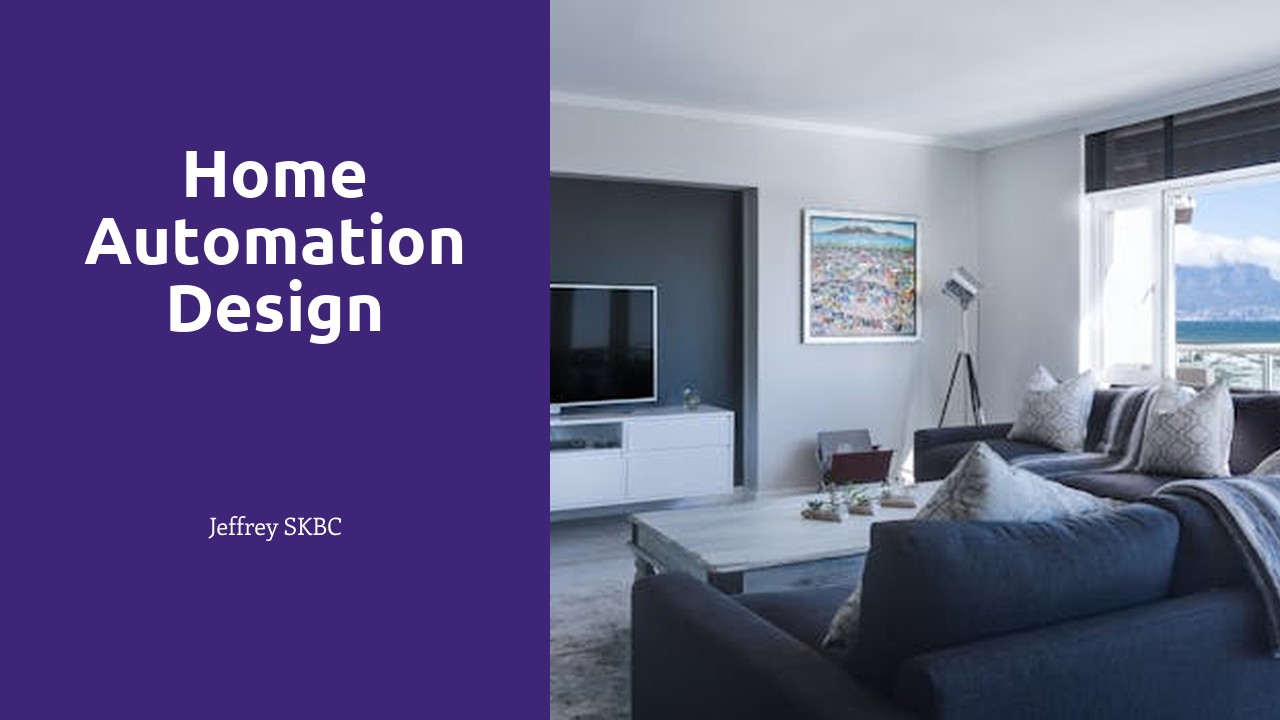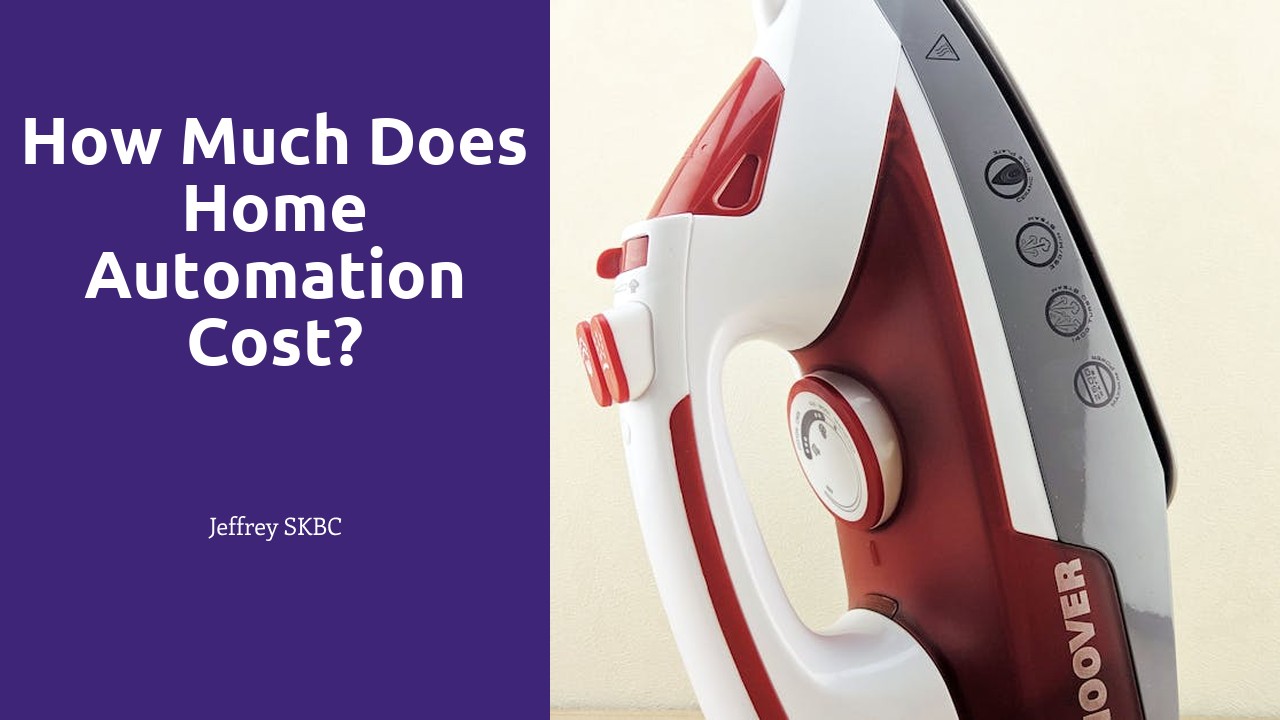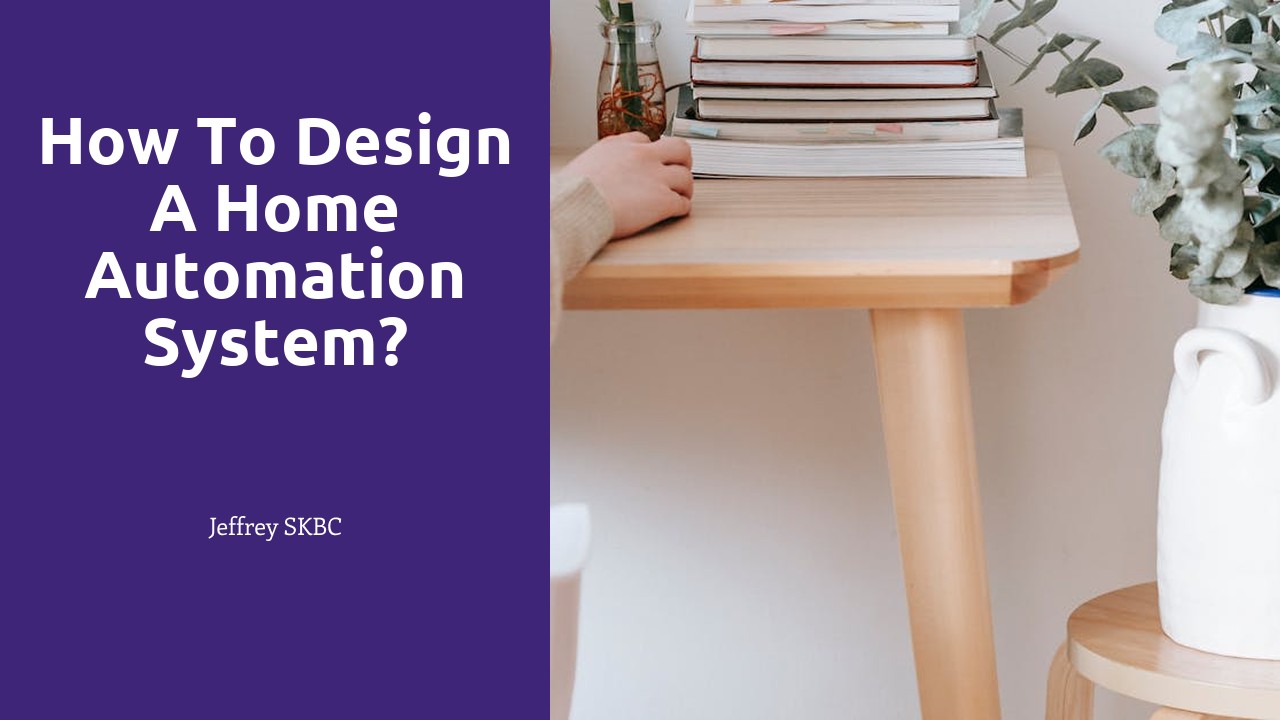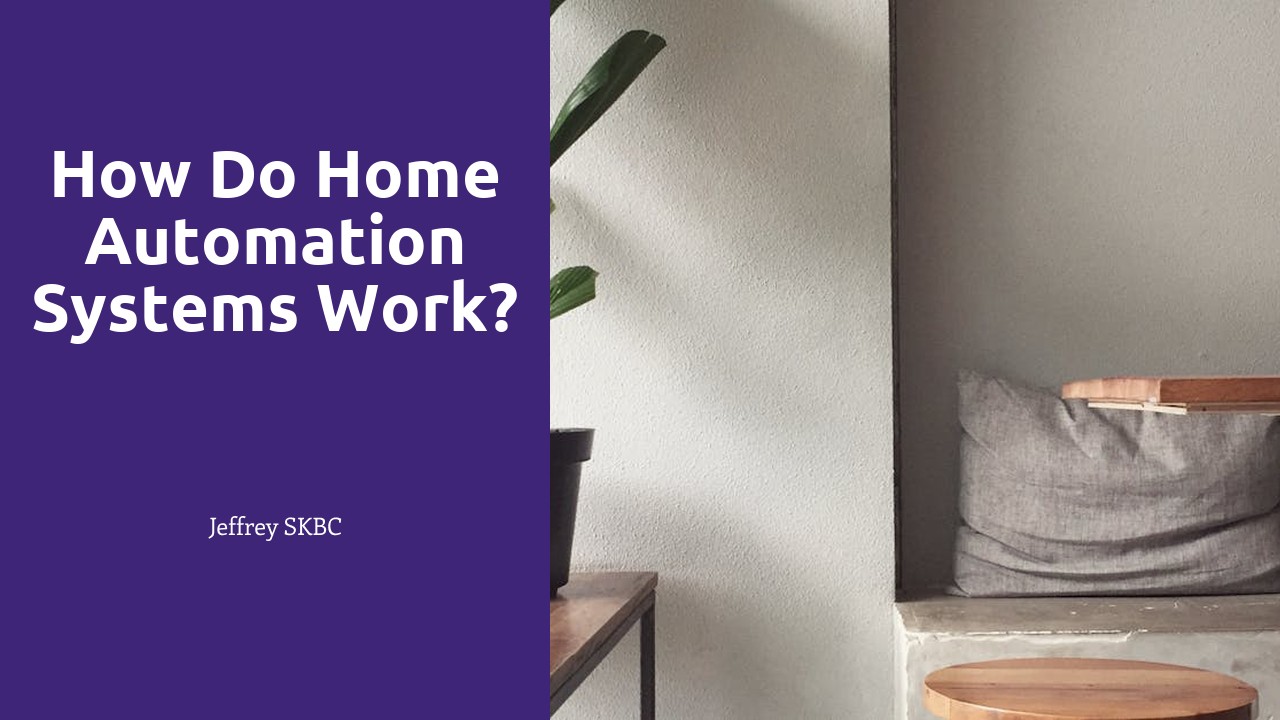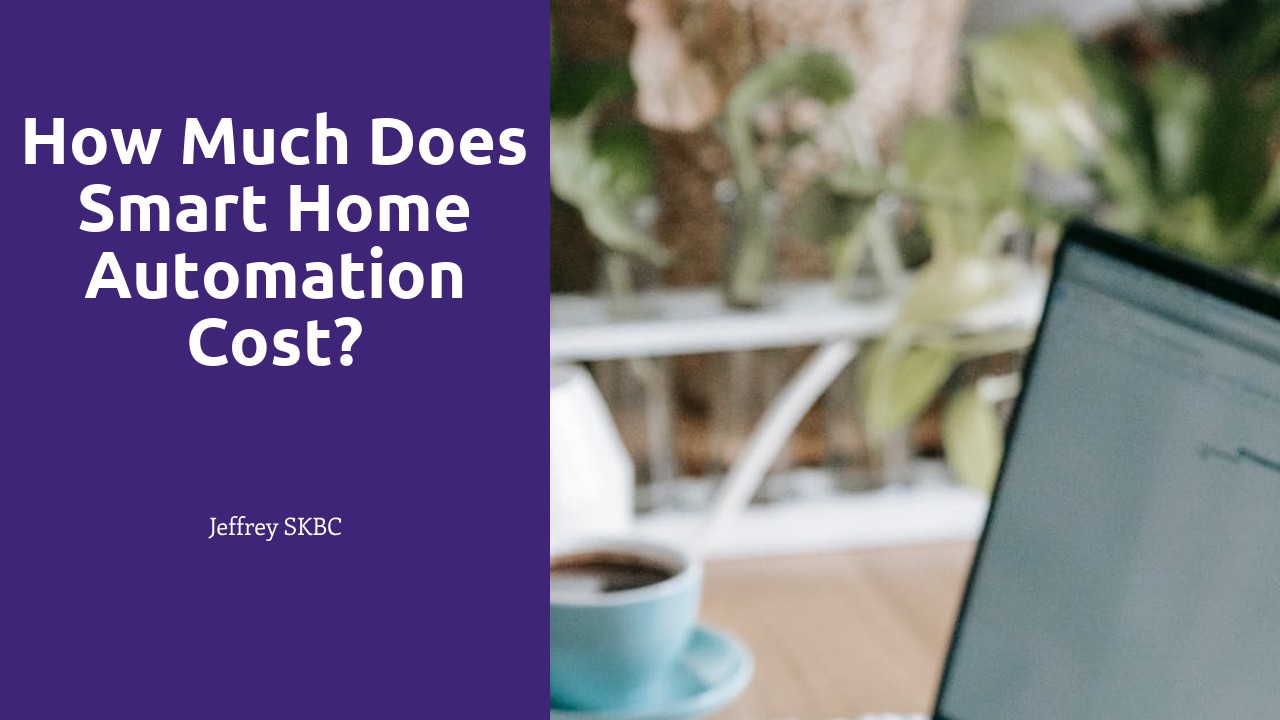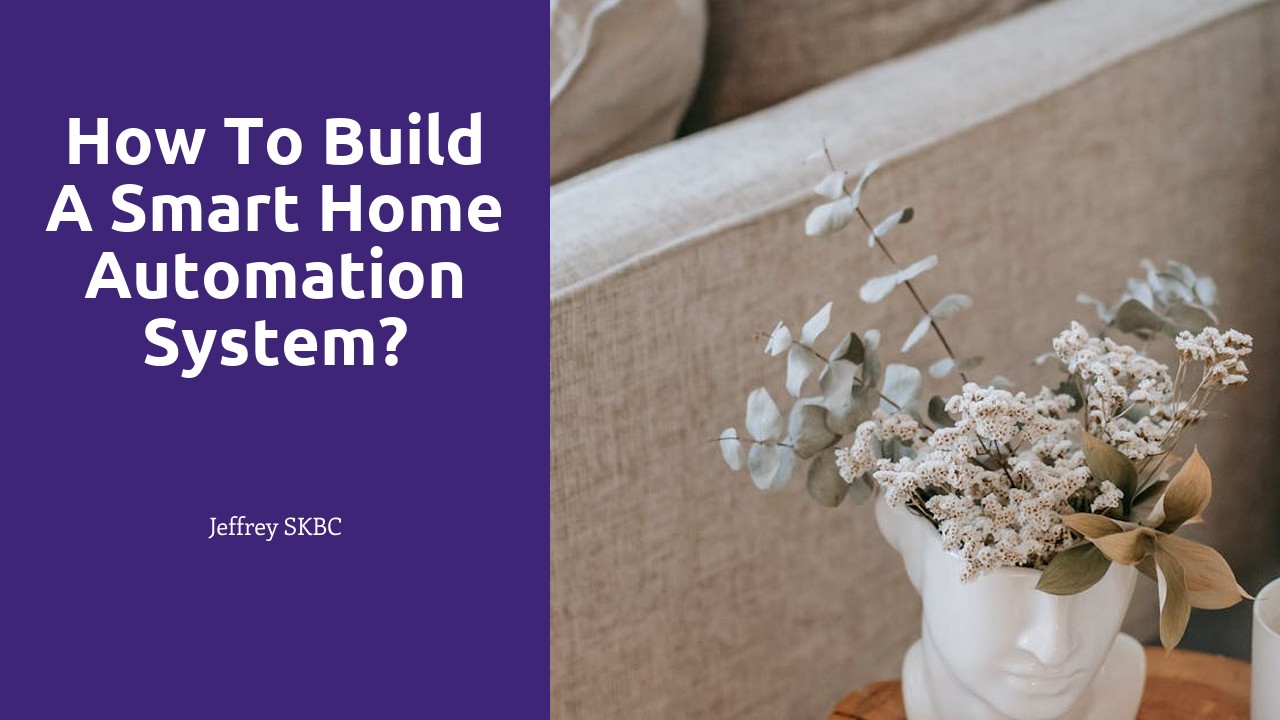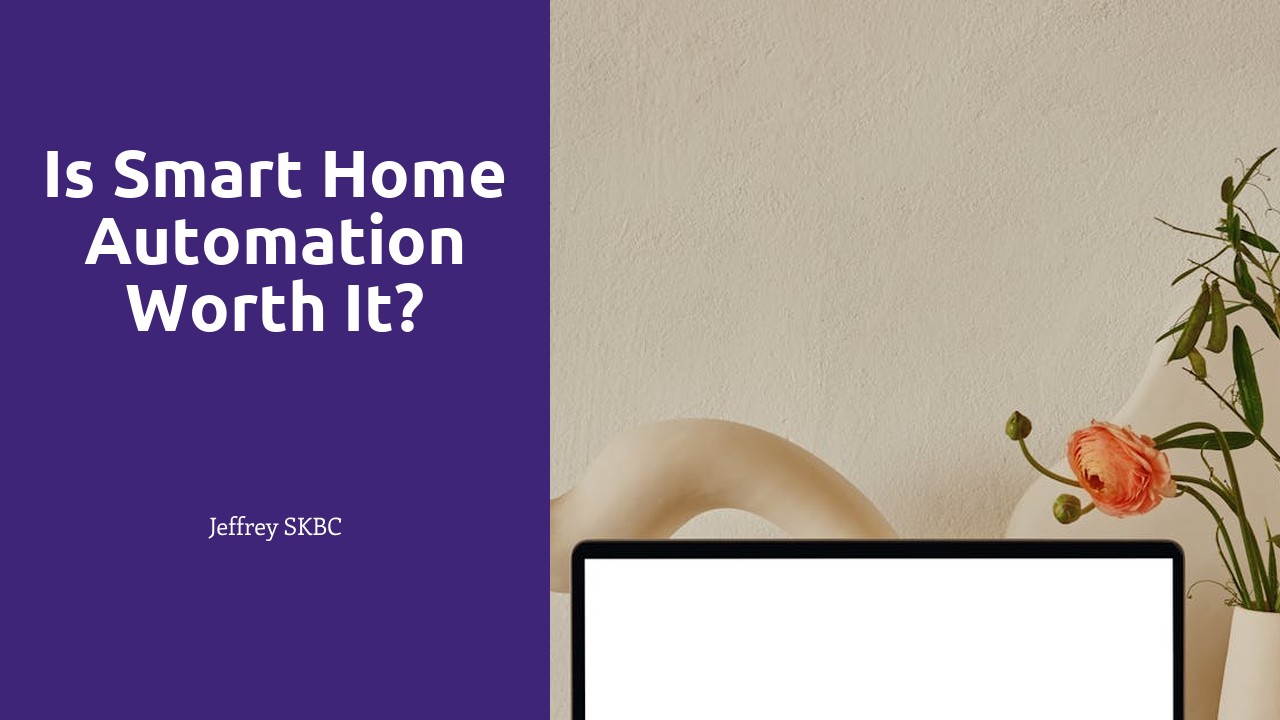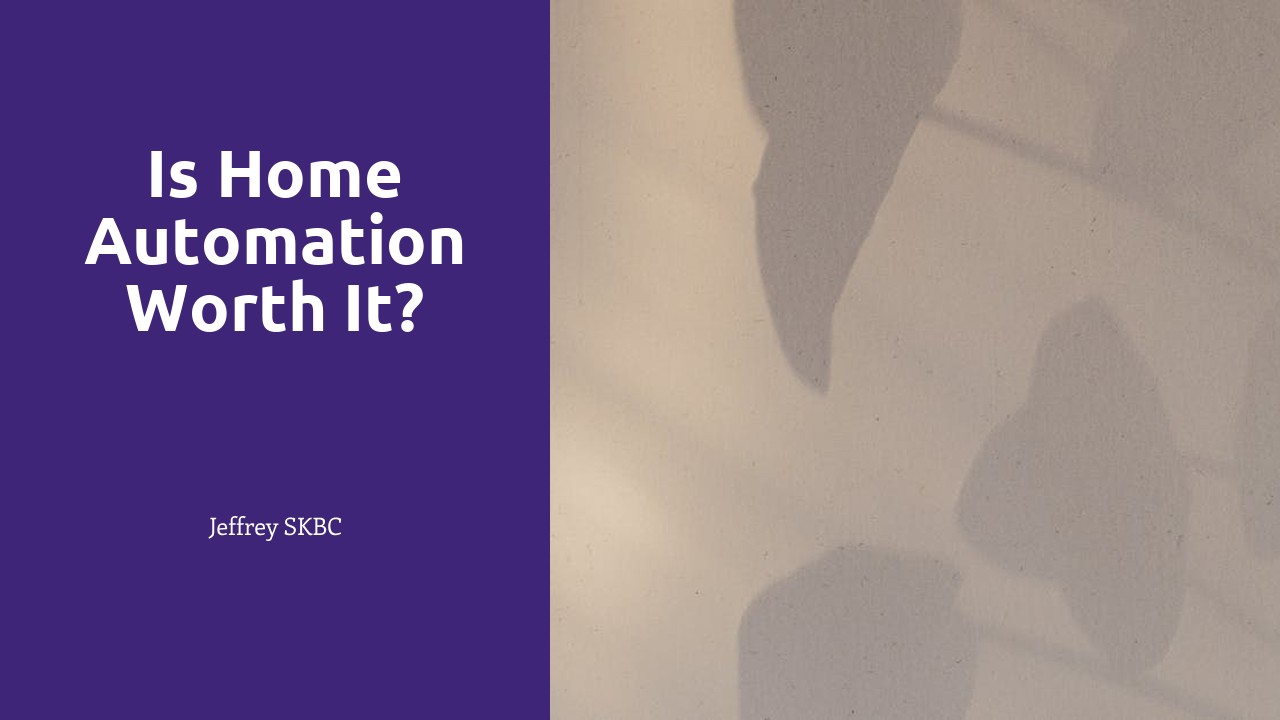
Table Of Contents
Understanding the Potential Risks of Home Automation
When delving into the realm of home automation, one must carefully consider the potential risks that come with the convenience and efficiency it offers. Home Automation Design in Saint Catherines has the potential to greatly enhance the quality of daily life, but these systems can also introduce vulnerabilities that may compromise the overall security of one's home. A key risk to be mindful of is the threat of unauthorized access to sensitive personal information and control over connected devices. As these systems become more integrated into our homes, they also become more attractive targets for cybercriminals seeking to exploit weaknesses in network security.
Additionally, another risk to weigh when adopting home automation is the possibility of technical malfunctions and system failures. While the advancement of smart technologies has brought significant improvements in reliability, there remains the chance of hardware or software glitches that can disrupt the seamless operation of a smart home. These malfunctions could have repercussions beyond mere inconvenience, potentially impacting the safety and well-being of individuals relying on these automated systems in their day-to-day lives. It is vital to recognize these risks and take proactive measures to safeguard against them when investing in home automation technologies.
Mitigating Privacy and Security Concerns
When implementing a smart home system, it is crucial to address potential privacy and security concerns. Home Automation Design in Richmond Hill must prioritize the protection of personal data and networks. Ensuring that all devices are secure and encrypted can help mitigate the risks of unauthorized access to sensitive information.
Moreover, regularly updating software and firmware, setting strong and unique passwords, and enabling two-factor authentication are proactive steps homeowners can take to enhance the security of their smart home systems. Conducting regular security audits and being aware of the latest cybersecurity threats can further safeguard against potential vulnerabilities.
Customizing Your Smart Home System
When it comes to customizing your smart home system, there are various factors to consider in order to make the most of your investments. Start by assessing your specific needs and preferences to tailor the automation technology to suit your lifestyle. Whether it's controlling lighting, temperature, security, or entertainment systems, align the features with your daily routines and requirements. In Kitchener, where home automation is rapidly gaining popularity, a personalized approach to Home Automation Design in Kitchener can enhance the efficiency and convenience of your living space.
Next, ensure that the devices and platforms you choose are compatible with each other to avoid any frustration down the line. Research on the interoperability of different smart home products to guarantee a seamless integration and functioning system. Pay attention to the communication protocols used by the devices to enable smooth interactions within your smart home network. By selecting compatible components and platforms for your Home Automation Design in Kitchener, you can streamline the technology and maximize its utility for a more connected and intelligent living environment.
Selecting Compatible Devices and Platforms
When diving into the realm of home automation, selecting compatible devices and platforms is crucial for a seamless and efficient experience. Ensuring that all devices communicate effectively with each other can prevent frustrations down the line. When looking to set up your smart home system, it's essential to opt for devices and platforms that work harmoniously without hiccups. Homeowners in Burlington seeking to embark on the journey of home automation design in Burlington should prioritize compatibility to maximize the functionality of their smart technology.
Investing in devices and platforms from reputable brands that offer a wide range of compatible options can simplify the process of setting up your home automation system. Additionally, choosing devices and platforms that are known for regular updates and strong customer support can enhance the longevity and reliability of your smart home. To enjoy the benefits of a seamlessly automated household in Burlington, discerning consumers should prioritize compatibility when selecting their devices and platforms for Home Automation Design in Burlington.
Troubleshooting Common Home Automation Issues
When facing common home automation issues, it's essential to remain calm and approach troubleshooting with a structured mindset. Regularly updating your system's firmware can prevent glitches and improve performance. Ensuring that all devices are connected to the same network is crucial for seamless operation. If you encounter connectivity problems, restarting the router and reconfiguring network settings can often resolve the issue.
For residents in Richmond Hill, customizing your smart home system according to your specific needs can enhance its functionality. Selecting compatible devices and platforms is key to a smooth operation. By conducting thorough research and engaging with reputable brands, you can minimize compatibility issues and optimize your home automation design in Richmond Hill.
Dealing with Connectivity Problems and Software Glitches
Connectivity problems and software glitches can be frustrating when dealing with your smart home system. However, with proper troubleshooting, these issues can often be resolved without too much hassle. If you are facing connectivity issues with your smart devices in your Home Automation Design in Guelph, make sure to check your Wi-Fi connection and ensure that all devices are within range of the network. Rebooting your Wi-Fi router and the devices themselves can also help establish a stable connection.
Software glitches are another common occurrence in smart home systems but can usually be fixed by updating the firmware or app associated with the device. Make sure to regularly check for updates and install them promptly to ensure optimal performance. If the problem persists, reaching out to customer support for assistance can provide further guidance on resolving the issue and getting your smart home system back on track.
FAQS
What are the potential risks associated with home automation?
Home automation can pose privacy and security risks, as smart devices may collect personal data and be vulnerable to hacking.
How can I mitigate privacy and security concerns with home automation?
To address privacy and security concerns, it is important to use strong passwords, update software regularly, and opt for devices with built-in security features.
How can I customize my smart home system to suit my needs?
Customizing a smart home system involves selecting devices and platforms that align with your preferences and lifestyle, allowing you to tailor automation to your specific requirements.
What should I consider when selecting compatible devices and platforms for my smart home?
When choosing devices and platforms for your smart home, it is essential to ensure compatibility to avoid connectivity issues and maximize the efficiency of your automation system.
How can I troubleshoot common home automation issues like connectivity problems and software glitches?
Troubleshooting home automation problems involves checking network connections, rebooting devices, updating software, and seeking assistance from customer support if needed.
